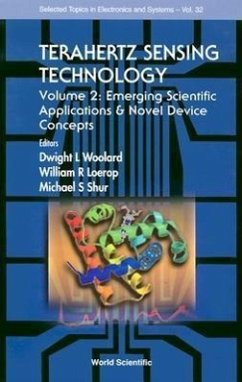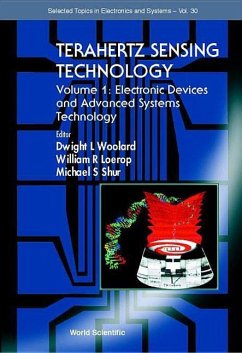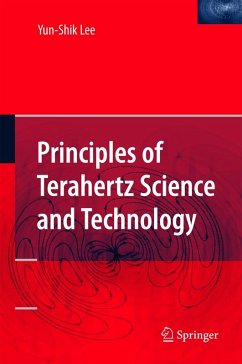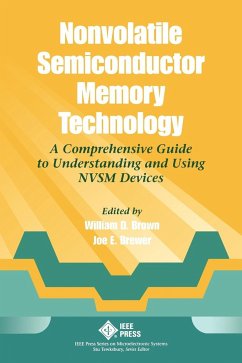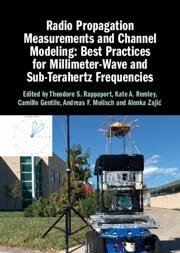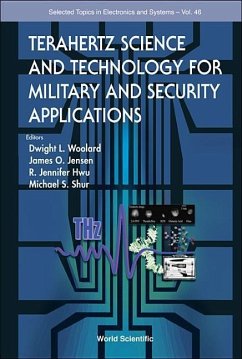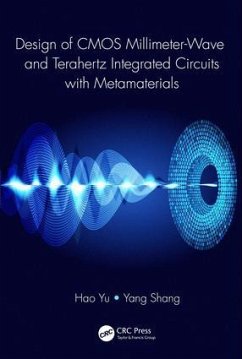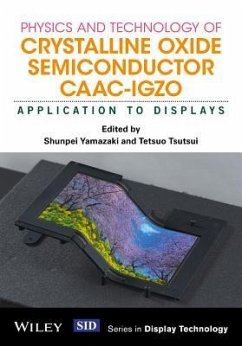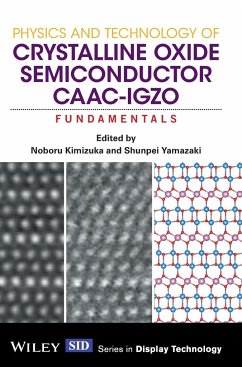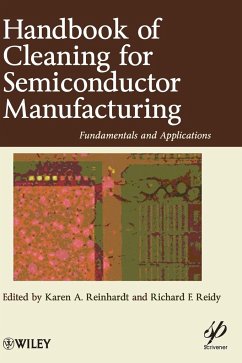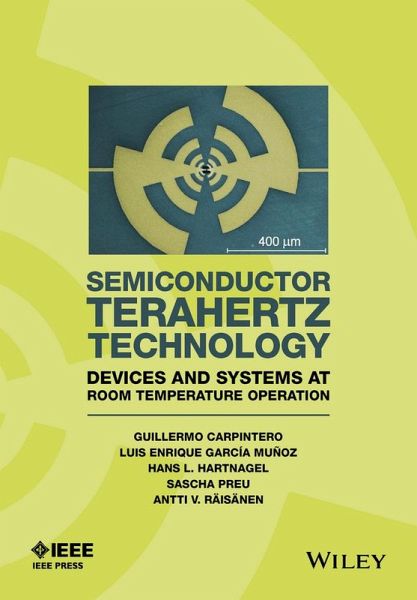
Semiconductor Terahertz Technology
Devices and Systems at Room Temperature Operation
Versandkostenfrei!
Versandfertig in über 4 Wochen
131,99 €
inkl. MwSt.
Weitere Ausgaben:

PAYBACK Punkte
66 °P sammeln!
Key advances in Semiconductor Terahertz (THz) Technology now promise important new applications enabling scientists and engineers to overcome the challenges of accessing the so-called "terahertz gap". This pioneering reference explains the fundamental methods and surveys innovative techniques in the generation, detection, and processing of THz waves with solid-state devices, as well as illustrating their potential applications in security and telecommunications, among other fields. With contributions from leading experts, Semiconductor Terahertz Technology: Devices and Systems at Room Temperat...
Key advances in Semiconductor Terahertz (THz) Technology now promise important new applications enabling scientists and engineers to overcome the challenges of accessing the so-called "terahertz gap". This pioneering reference explains the fundamental methods and surveys innovative techniques in the generation, detection, and processing of THz waves with solid-state devices, as well as illustrating their potential applications in security and telecommunications, among other fields. With contributions from leading experts, Semiconductor Terahertz Technology: Devices and Systems at Room Temperature Operation comprehensively and systematically covers semiconductor-based room-temperature operating sources such as photomixers, THz antennas, radiation concepts, and THz propagation, as well as room-temperature operating THz detectors. The second part of the book focuses on applications such as the latest photonic and electronic THz systems, as well as emerging THz technologies including: whispering gallery resonators, liquid crystals, metamaterials, and graphene-based devices. This book will provide support for practicing researchers and professionals and will be an indispensable reference for graduate students in the field of THz technology. KEY FEATURES: - Includes crucial theoretical background sections to photomixers, photoconductive switches, and electronic THz generation and detection. - Provides an extensive overview of semiconductor-based THz sources and applications. - Discusses vital technologies for affordable THz applications. - Supports teaching and studying increasingly popular courses on semiconductor THz technology.




